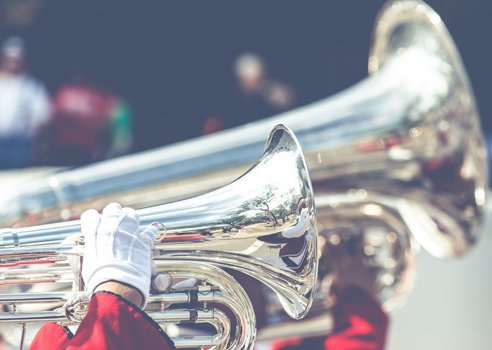Reading time: Less than 1 minute
Increase your vocabulary and you’ll make your writing much more precise. That’s why I provide a word of the week. Today’s word: tantara….
When I encountered the word tantara in the remarkable novel This Is Happiness by Niall Williams (one of my favourite books of 2020), I immediately thought it was referring to a dance.
How did I come up with an idea like that? One of my younger sisters did a lot of dance classes as a youth and I remember she had tarantella shoes. They were black with chunky heels and they had a strap. The name somehow became stuck in my brain.
But while tarantella refers to a group of various Italian folk dances characterized by a fast upbeat tempo, a tantara is something quite different. Here is how Williams used the word:
It was where bathtime was a Saturday-night production, a general tantara of buckets and pots as a holy halo of steam rose, a prelude to the carbolic-and-Rinso-ed air in St. Cecelia’s on Sundays.
A tantara is the blare of some sort of trumpet or horn — of the sort you might hear in a Shakespearean play before a monarch made a grand announcement.
First used in 1584, tantara is a shortening of the Latin taratantara, an onomatopoetic word that originally evoked the sound of the war-trumpet. When “tantara” entered English in the 16th century, the sound had become a merry one. Today, “tantara” is sometimes used as a synonym of “fanfare,” a word for a short, lively sound of trumpets.


